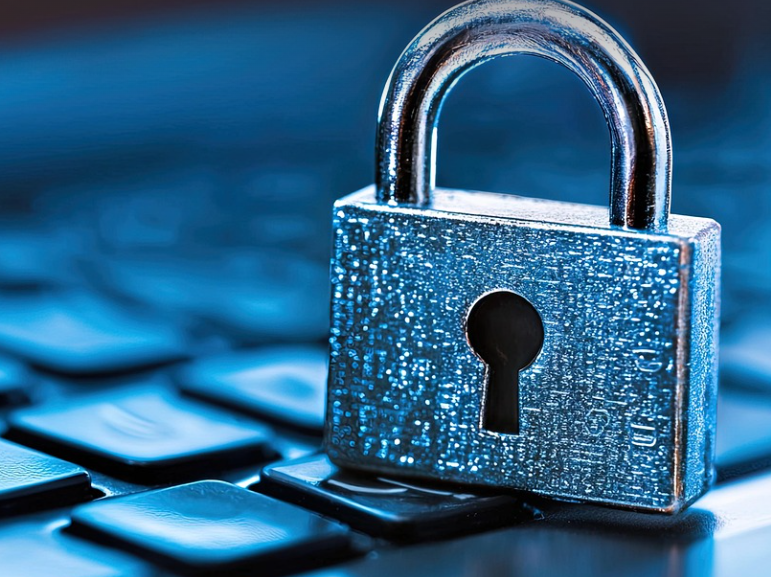Tech and Anxiety
Here are some of the top technology tools designed to help with anxiety management:
Rikki Rogers said “Strength doesn’t come from what you can do. It comes from overcoming the things you once thought you couldn’t.” The Anxiety and Depression Association of America tells us anxiety is the number one mental health illness in the United States. 18% of adults and 25% of children struggle with anxiety. Chances are you already know quite a few people who have anxiety, whether or not you are able to see it or understand it. When I was in school, kids like me were simply labeled as shy. It took years and years before I learned it was anxiety.
So, what is anxiety and how is it related to technology? My favorite definition says it is the desire to do something typically accompanied by unease. There are many things in life I would LOVE to do, but am terrified to. Personally, I’m terrified of needles, the dentist, field trips, manicures and yard sales. I’m also afraid of phone calls, asking questions, interrupting conversations and arguments. There are many things I want to be able to do, but they are very difficult for me. Many people are surprised by that fact! Others don’t see me as being someone who is anxious. And I can see why….Anxiety is often well hidden.
We often hear how technology can evoke anxiety in people, however, this is not one of those articles. Thankfully - there are many technology tools designed to help ease feelings of anxiety! Instead of telling others not to worry, use your techy skills and find ways to help them channel unavoidable energy in positive ways! This is just a small fraction of tech-based tools adults and children can use to help with anxiety management:
Moodtrack Diary
One of my favorites, Moodtrack Diary, turns my feelings into a spreadsheet and allows me to track my moods over time. I can see trends and gaps in the data and view my most frequent emotions and possible triggers. When users enter data such as daily events and medication/supplement schedules as well as tagging moods throughout their day, Moodtrack Diary helps them to ultimately recognize patterns to replicate or avoid. The app also has an under-moderated social connection feature, something to be aware of if using this with students.
Breathe2Relax
From the National Center of Telehealth and Technology, the Breathe2Relax app reminds me to breathe through my belly, which I rarely remember to do. According to the app “Breathing exercises have been documented to decrease the body’s ‘fight-or-flight’ (stress) response, and help with mood stabilization, anger control, and anxiety management.” Their app walks the user through breathing exercises in order to learn the stress management skill called diaphragmatic breathing. Breathe2Relax can now connect to your Apple Watch and track your heart rate while you breathe. When I remember to do it, breathing deeply always calms me down and puts that Fight or Flight feeling at bay.
Tech & Learning Newsletter
Tools and ideas to transform education. Sign up below.
Pacifica App
The Pacifica app has many meditations (which I am not all that good at), breathing routines and muscle relaxing exercises to calm the mind and the body. Being mindful is a great strategy to recognize and manage anxiety, and the Pacifica App uses Cognitive Behavioral Therapy to help us reframe our thinking and shift our behaviors. The app also allows for data tracking including mood, sleep and exercise, which can help users see trends and patterns over time. Also, check out Pacifica for Edu which is available for school care staff to help students on their caseload.
E-Readers
Since I was a child, reading was a great escape from reality and a coping mechanism which enabled me to feel less anxious. Having an e-reader on all my devices allows me the opportunity to regroup and recharge before facing whatever comes next. While my favorite is a toss up between my Kindle and iBook apps, there are many online sites where students can read (or listen to) their favorite books. Escaping into a book is a great way for students and adults to calm and collect themselves before or after a stressful event.
Music
This suggestion might be a no-brainer for anyone feeling stress…. Music is a great stress-buster! However, what if I shared a list of 10 songs researched to reduced anxiety? This song list on Spotify contains a few songs most folks are familiar with. However, one song in particular was specifically developed with sound engineers to slow heart rates, reduce blood pressure and decrease levels of the stress hormone Cortisol. According to research done by neuroscientists at MindLab International, “Weightless” by Marconi Union was shown to reduce stress levels by up to 65%! Less Cortisol = More Calm!
Mapping Software
I also use Google Maps in my anxiety arsenal. I am not afraid of driving or getting lost. I worry more about being late or not finding the right entrance. I’ve also had students who worry about field trips, or long walks in town. Using Street View, we plunk the little Google Guy down into the map and preview the area before we head out. With a clearer vision of where we are going, it is easier to plan for the unknown.
Social Media
I believe technology gets a bad rap for disconnecting us, but for me, social media is a HUGE help when it comes to my social anxiety. I use social media to make new friends, to talk about difficult topics, to remember names and faces before meetings and conferences. I am able to be myself online without anxiety stepping in front of me. Just like my students, in face to face social situations, I often require think time. Sometimes thinking takes so long I miss the opportunity to speak. Online, we can always carve out the time to think before responding. We become part of the conversation instead of remaining on the periphery.
IMPORTANT:
Please note these strategies are not a replacement for advice from licensed counselors and health care providers. Consult a professional before starting any new mental health care regimen. That being said, your coworkers, students and loved ones need you. We are not able to be fearless without the support of those who care for us. We are not suffering from anxiety, we are learning to channel its powerful energy into positive experiences. Those with technology know-how are at a great advantage to help us utilize tools to make a positive difference. Don’t be afraid to share!
After 10 years as an elementary teacher, Suzy Brooks is the Director of Instructional Technology for Mashpee Public Schools in Massachusetts. Additionally, she provides professional development and hands-on workshops for educators at local, regional and national venues. Her work in blended learning, student engagement, and social media has been featured by EdWeek, NBC News’ Education Nation, Instructor Magazine, Intel, ISTE, ASCD, and the NEA. Currently, Suzy is a visiting lecturer at Fitchburg State University, a MassCUE Pathfinder and the Massachusetts ASCD President. Suzy holds a B.S. from Bridgewater State University and a M.Ed. in Instructional Technology from Lesley University.











